The Mux Blog
We're a team of engineers, marketers, designers, all passionate about video and the work we create together. Welcome to our blog about video.
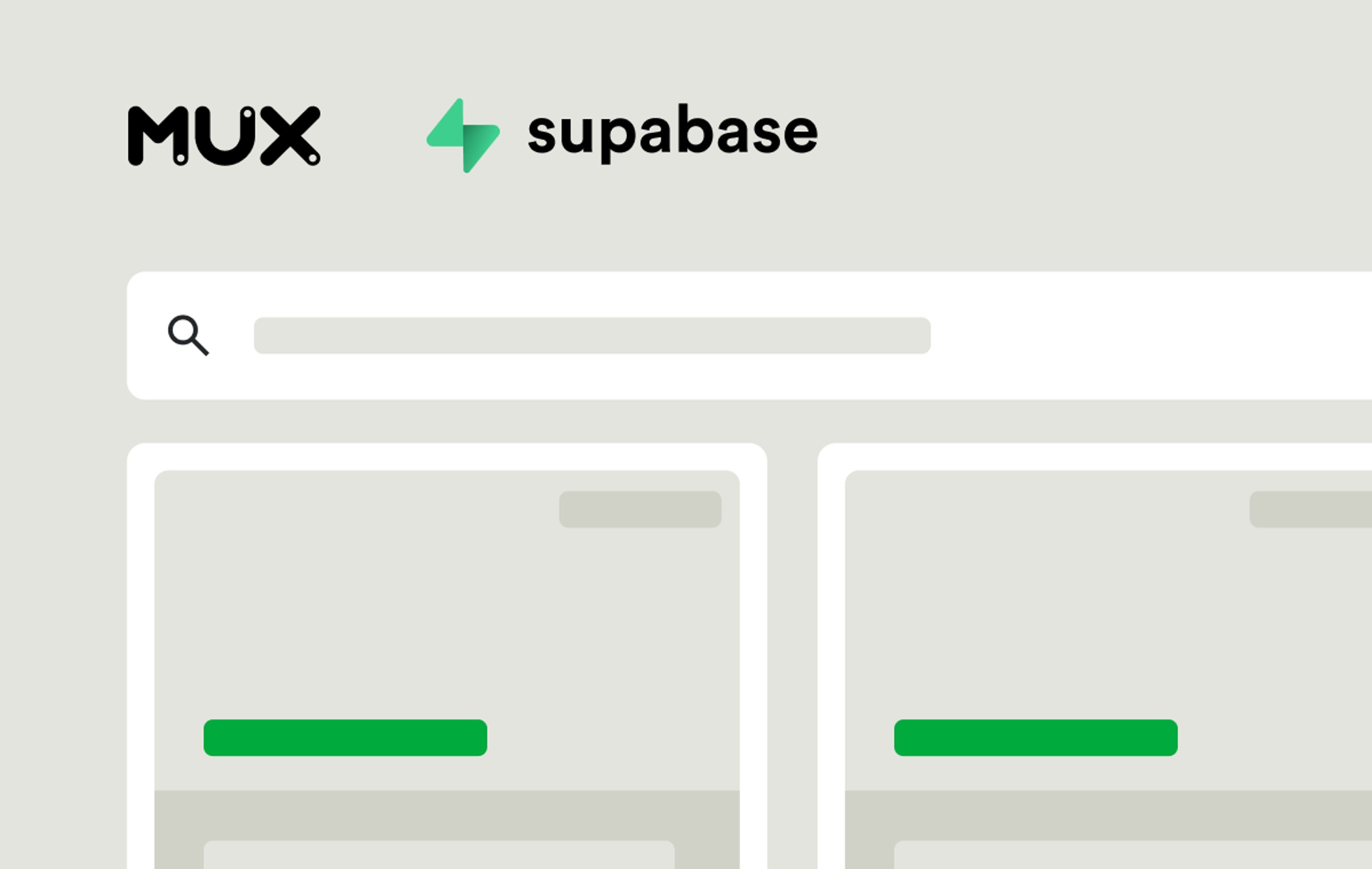
Published on October 29, 2025 (about 1 month ago)
Building semantic video search with Mux & Supabase
Learn with this example app how to build semantic video search with Mux and Supabase.
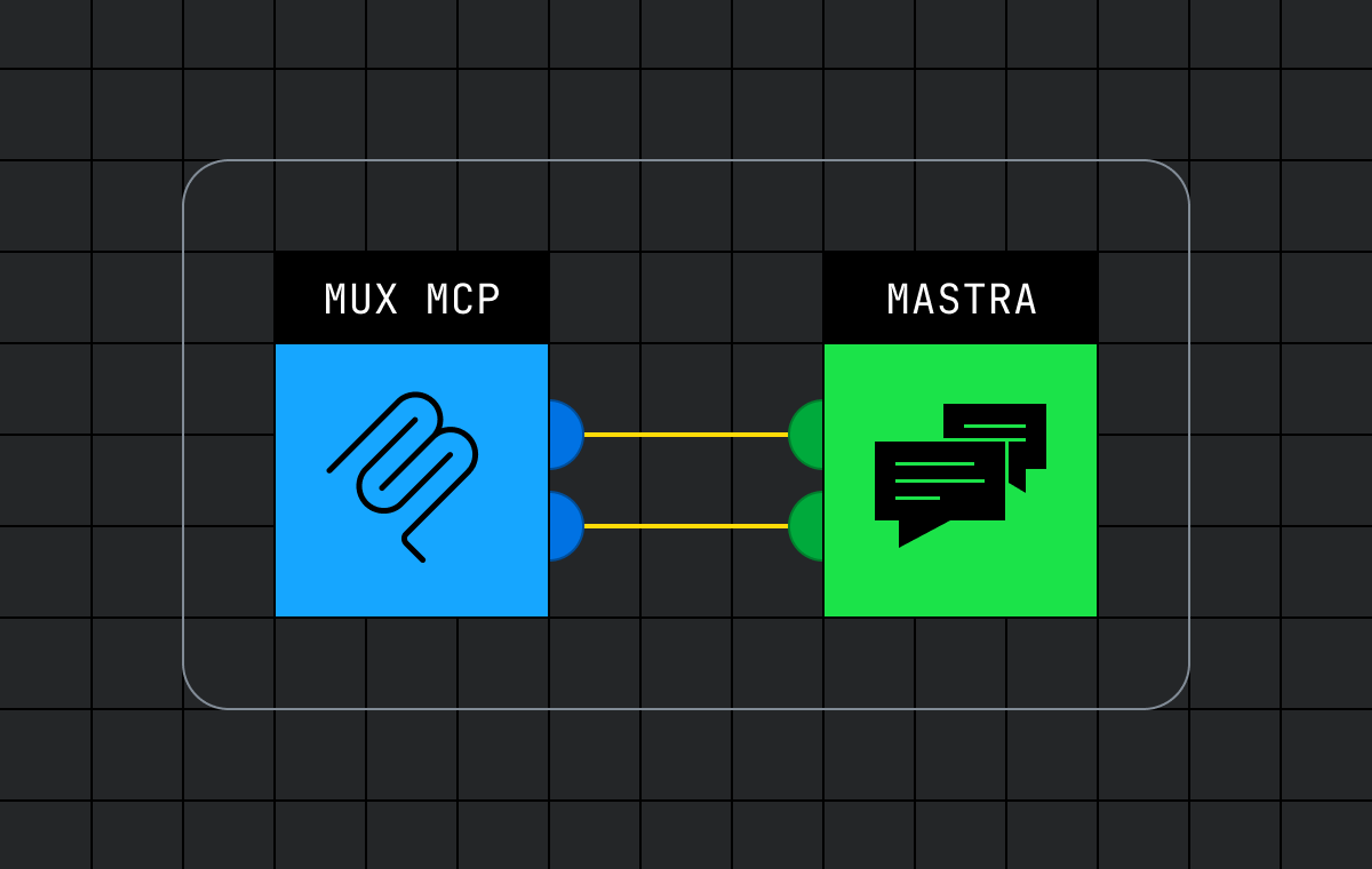
Published on October 3, 2025 (2 months ago)
Shaping your AI prompts: using an agent to reduce MCP overhead
Learn how to offer your clients or employees simple, plain language ways to interact with your systems by connecting a local MCP to a Mastra agent.
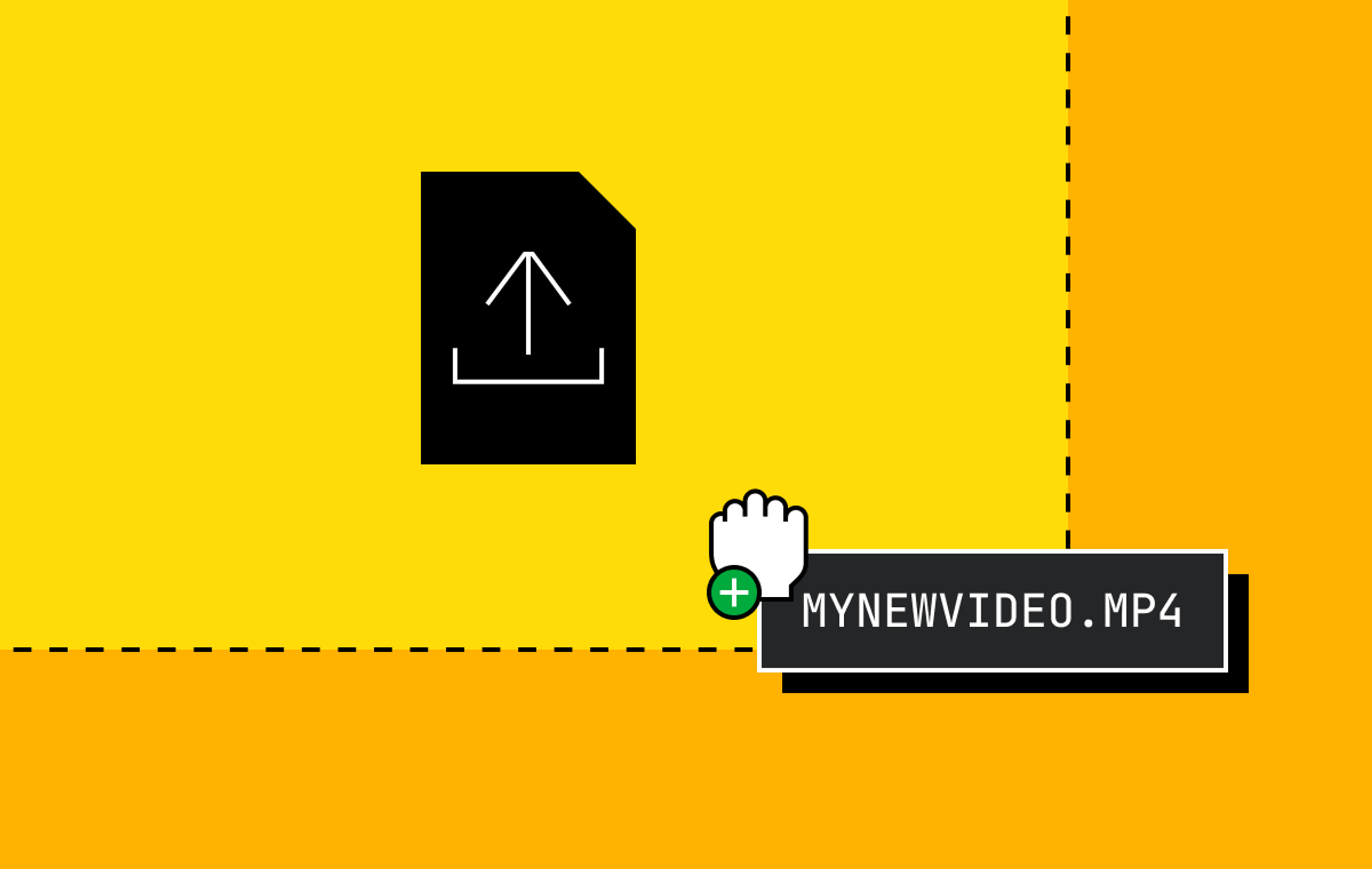
Published on September 9, 2025 (3 months ago)
Even devtools need great dashboards
We’ve made some big changes to the Mux dashboard, and learned some big lessons about developer experience along the way
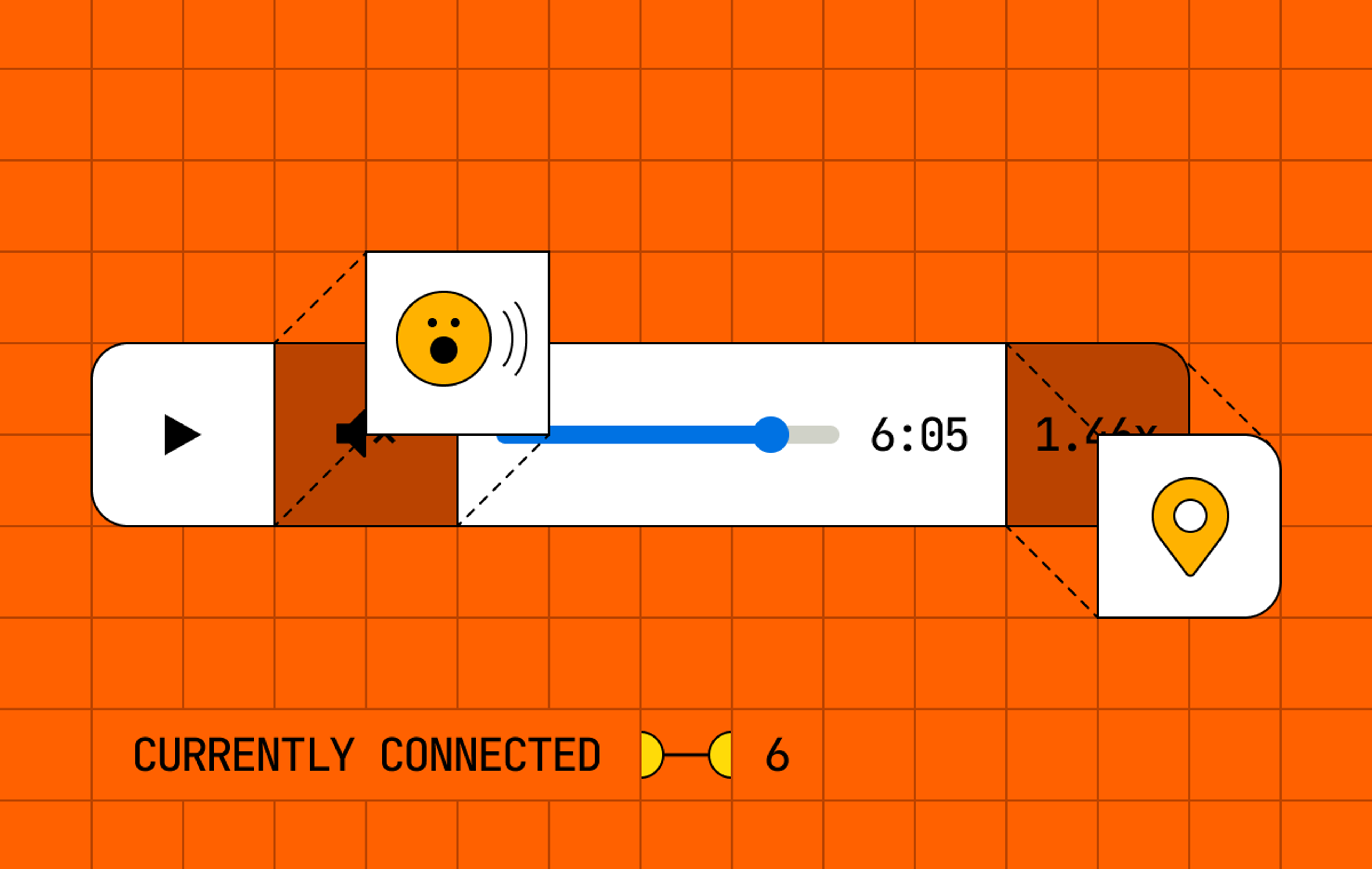
Published on September 3, 2025 (3 months ago)
It's not that bad; it's worse. Meet the actual worst video player.

I thought I had built the worst video player ever imagined. Then, Christina Martinez submitted her concoction to the Worst Player contest… and I was appalled.

Published on June 11, 2025 (6 months ago)
How Apple made the F1 movie trailer literally shake things up
Apple released an F1 movie trailer with haptics. You can build vibrating video too (at least for Android).

Published on May 28, 2025 (6 months ago)
Tailwind is the worst form of CSS, except for all the others
Tailwind is weird, verbose, and opinionated… but it works. Here’s why it makes teams faster, more consistent, and a little less frustrated.

Published on May 13, 2025 (7 months ago)
The most annoying video player of all time
Every video player looks the same until you rebuild one with Three.js, simulated physics, and some 90s arcade chaos.
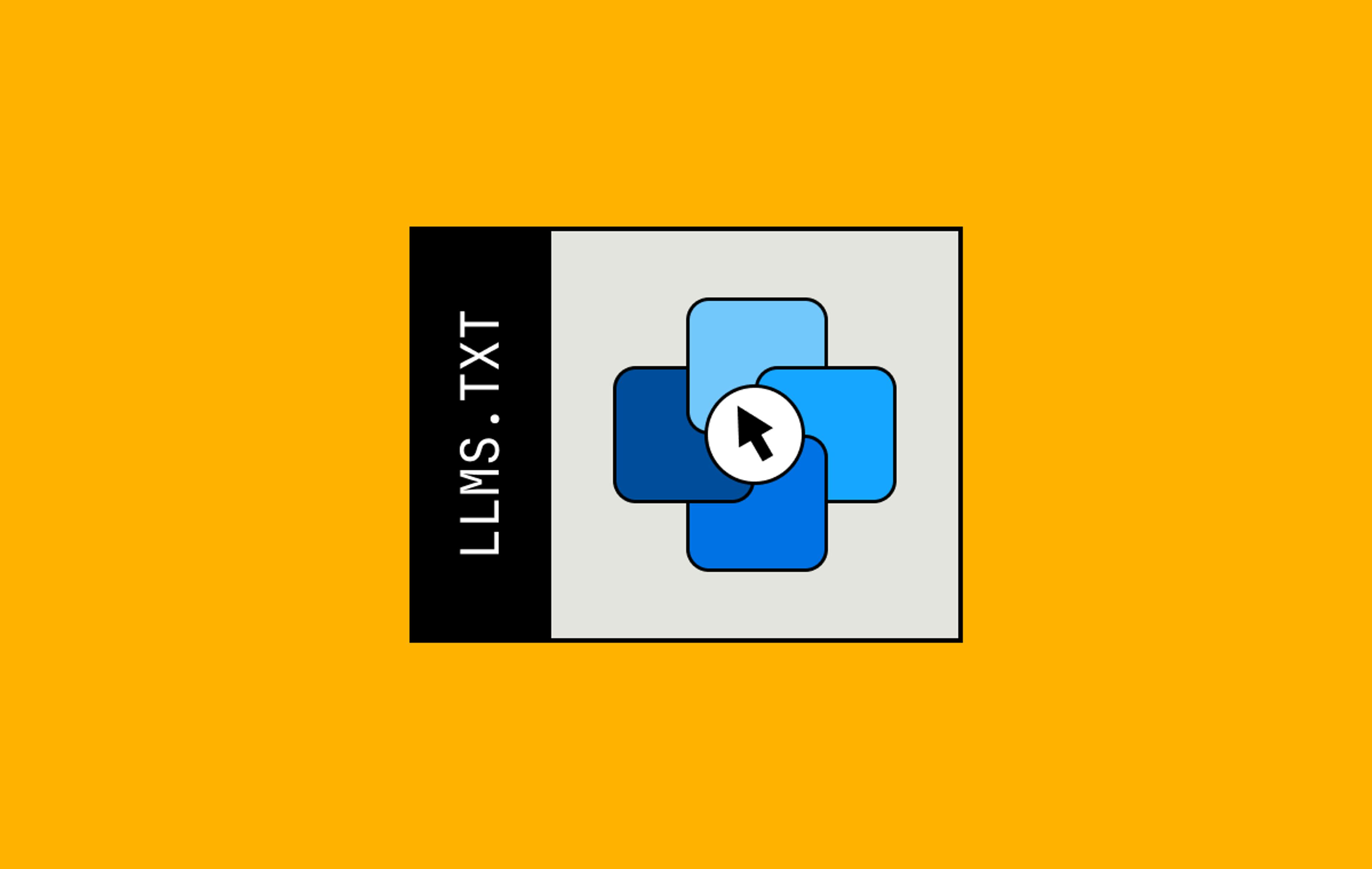
Published on April 8, 2025 (8 months ago)
We want your LLM to read our docs
llms.txt is a standard for LLMs to discover and read your website. Users can use LLMs like Claude or Cursor to talk with your docs, improving their experience.

Published on April 2, 2025 (8 months ago)
How to build a Windows 98-style video player in 2025
Get your dose of nostalgia as Dave puts Media Chrome to work to build a player in the style of Windows 98.
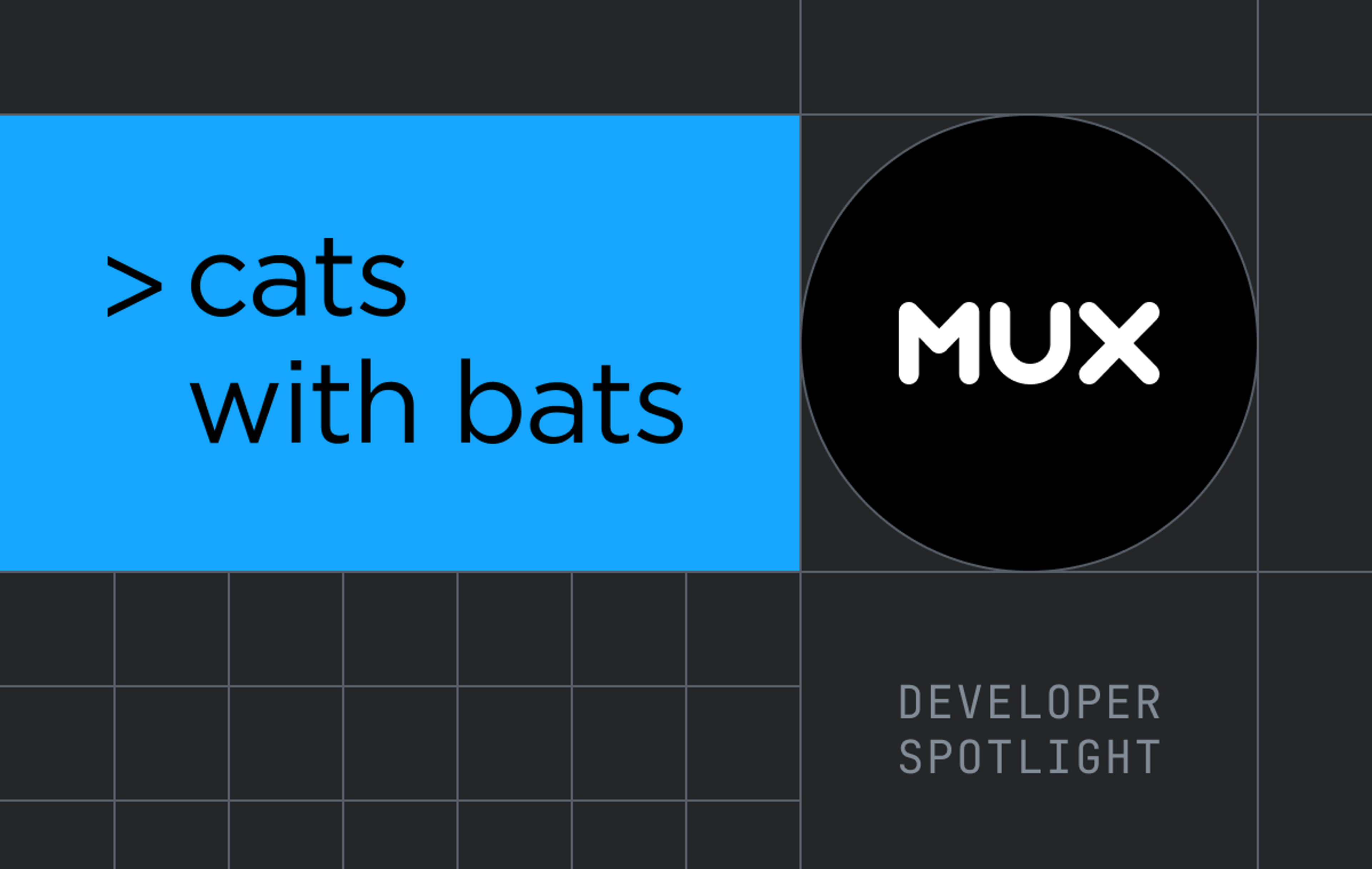
Published on March 6, 2025 (9 months ago)
Developer spotlight: Cats with Bats reimagines how developers learn with AI

Cats with Bats is reimagining developer education with AI-powered video tutorials, code extraction, and Mux-powered video for a modern way to learn to code.